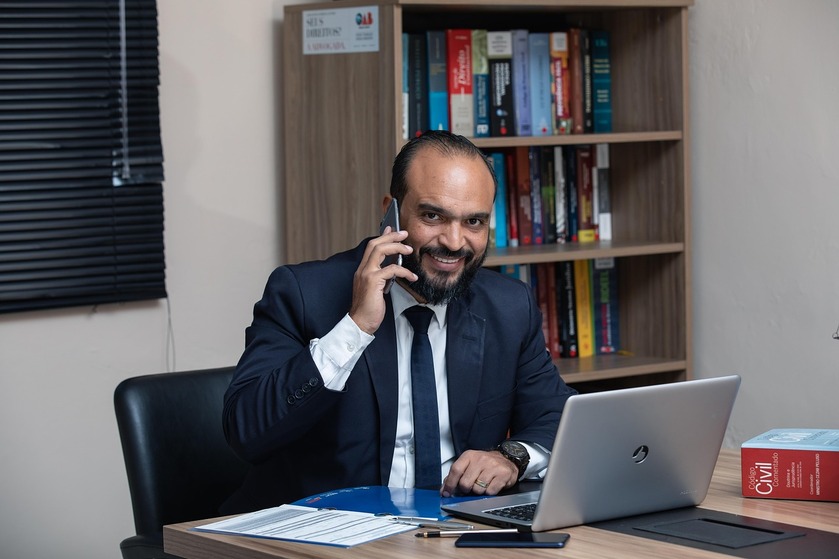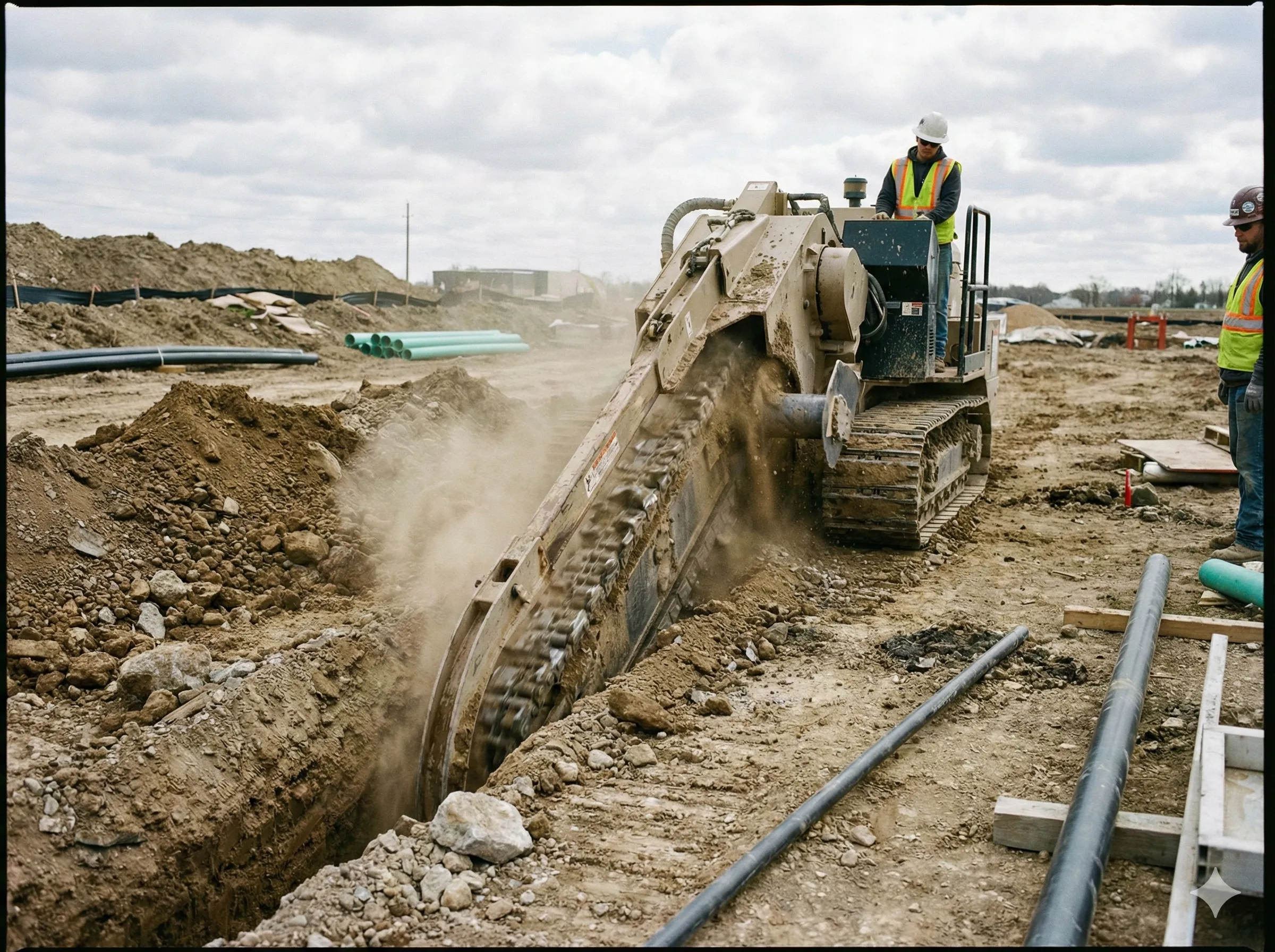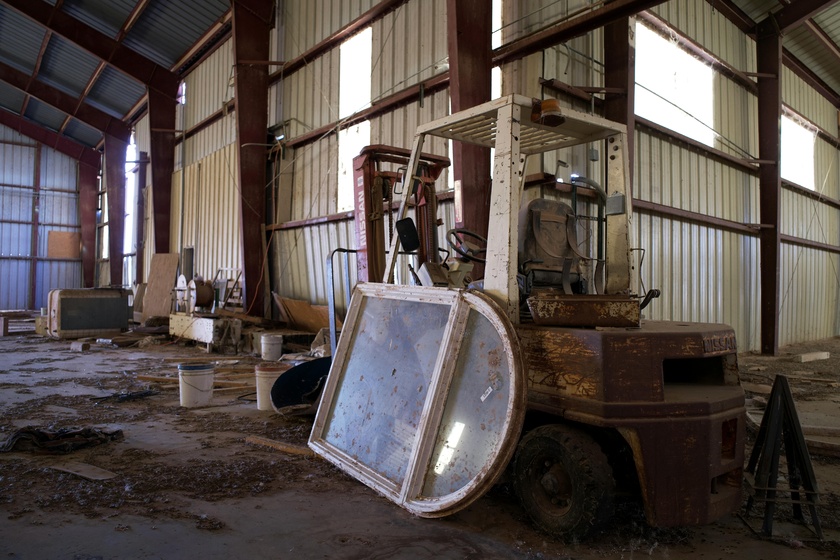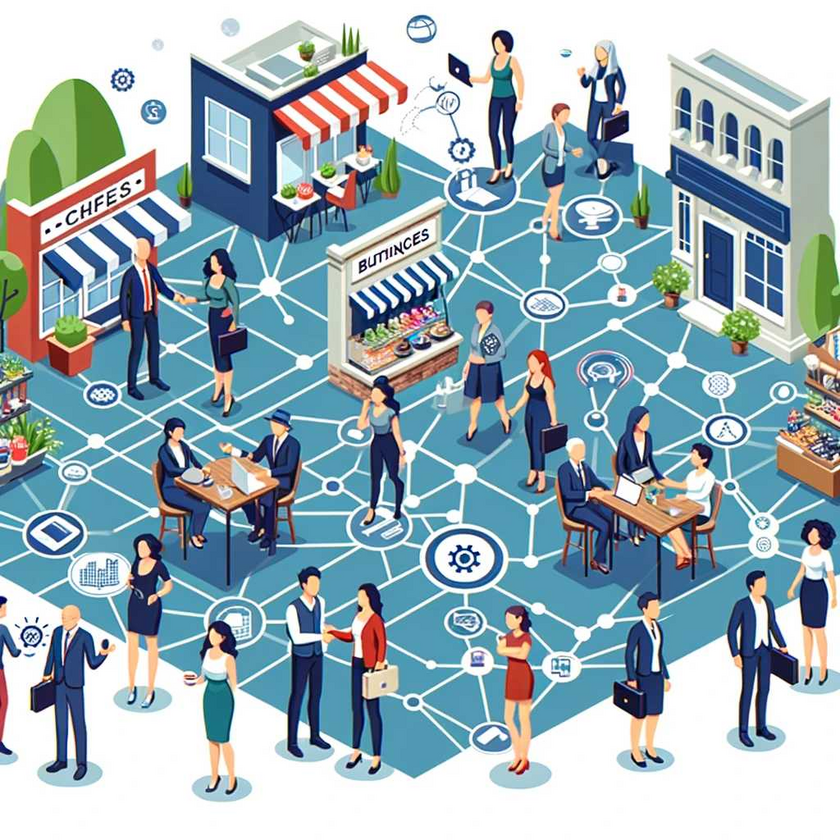
Experiencing an accident that causes personal injury can be one of the most stressful and confusing times in a person’s life. Injuries can range from minor cuts and bruises to severe, life-altering damage. Alongside the physical pain, victims often face financial uncertainty, complicated legal processes, and emotional trauma. Understanding what personal injury is, knowing the right steps to take immediately following an accident, and knowing how to navigate the healthcare and legal systems are critical to protecting your rights and recovery.
This article offers a comprehensive explanation of personal injury and guidance on what to do after an accident to ensure your well-being and legal interests are safeguarded.
What Is Personal Injury?
Personal injury refers to any harm caused to an individual due to another party’s negligence or intentional misconduct. The key factor in a personal injury claim is proving that someone else is legally responsible for your injuries. These cases fall under civil law and usually involve seeking monetary compensation for damages.
Common Types of Personal Injury Cases
Understanding the kinds of accidents that typically result in personal injury claims helps victims recognize their rights. Some of the most frequent types include:
Motor Vehicle Accidents: Cars, motorcycles, trucks, and pedestrian accidents remain the most common sources of personal injury claims. These accidents often result in serious injuries due to high speeds and the involvement of multiple parties.
Slip and Fall Injuries: Property owners have a legal duty to maintain safe premises. When they fail to do so, visitors who slip, trip, or fall may be entitled to compensation.
Medical Malpractice: Injuries caused by healthcare providers who fail to meet the accepted standards of care fall under medical malpractice. These cases often involve diagnostic errors, surgical mistakes, or medication errors.
Product Liability: Defective or dangerous products that cause harm to consumers can lead to product liability claims.
Workplace Injuries: Injuries at work are typically covered by workers’ compensation, but some incidents may also support a personal injury claim if negligence is involved.
Immediate Steps to Take After an Accident
After an accident, your actions can greatly affect both your health outcomes and your ability to obtain compensation. Here’s a step-by-step guide on what to do immediately following an accident:
1. Prioritize Your Health and Safety
Safety should be your first concern. If you are able, move yourself and others to a safe area to avoid further injury. Even if you feel okay, some injuries like internal bleeding or concussions may not show symptoms right away. It is critical to seek medical attention as soon as possible. Early documentation of your injuries through medical reports will serve as important evidence in any personal injury claim.
If you are unfamiliar with how medical treatment works or want to understand more about healthcare infrastructure, you can find detailed information on health care.
2. Notify the Authorities
For accidents involving vehicles, property damage, or injuries, reporting to the police is essential. The police report creates an official record of the incident that can be vital when filing insurance claims or lawsuits.
If the accident happened on private property, notify the property owner or manager and ensure the incident is documented properly.
3. Gather Evidence at the Scene
Collecting evidence is a crucial step in building a strong personal injury case. If you can, take photographs or videos of:
The accident scene, including any hazards or conditions that may have contributed to the accident.
Visible injuries and damage to vehicles or property.
Weather, lighting, and road conditions if applicable.
Also, obtain names, phone numbers, and addresses of witnesses and other parties involved. Witness statements can corroborate your version of events.
4. Avoid Admitting Fault
When speaking to the other party, witnesses, or insurance representatives, avoid admitting fault or apologizing, even if you feel responsible. Statements taken out of context can be used against you later. Simply stick to the facts.
5. Keep a Detailed Record of Everything
Maintain a journal or digital record of all accident-related details including medical appointments, treatment progress, symptoms, lost workdays, and financial expenses. This documentation can be critical when negotiating settlements or pursuing legal action.
Understanding the Legal Process in Personal Injury Cases
If your injury was caused by someone else’s negligence, you have the right to seek compensation for your losses. However, navigating the legal system can be complex, especially when dealing with insurance companies and medical bills.
When Should You Contact a Personal Injury Lawyer?
Not all injuries require legal representation, but it’s advisable to consult an experienced attorney if:
Your injuries are serious or long-term.
There is a dispute about fault or liability.
The insurance company denies your claim or offers an unfair settlement.
You have questions about the statute of limitations or legal procedures.
An attorney familiar with personal injury law can provide guidance tailored to your situation. For specialized legal help, you might consider professionals such as Jonathan Perkins Injury Lawyers, who have experience handling a range of injury claims and negotiating with insurance companies.
The Personal Injury Claim Process
Here’s a general outline of what to expect in a personal injury case:
Investigation: Your lawyer will collect evidence, interview witnesses, consult experts, and assess medical records to establish liability and damages.
Demand Letter: A formal request for compensation is sent to the liable party’s insurance company.
Negotiation: Most cases are settled out of court after back-and-forth negotiations. Your attorney will work to secure the best possible settlement.
Filing a Lawsuit: If no settlement is reached, your attorney may file a lawsuit and represent you in court.
Trial: The case may proceed to trial where a judge or jury decides the outcome.
Statute of Limitations
Every state has time limits within which you must file a personal injury claim. Missing these deadlines can bar you from seeking compensation. It’s important to act quickly and consult with an attorney to avoid losing your rights.
The Importance of Medical Care in Personal Injury Cases
Medical treatment is essential not only for recovery but also for establishing the extent of your injuries in legal terms. Medical records serve as objective evidence that your injuries are real and directly caused by the accident. Delaying treatment can weaken your case and worsen your health.
Doctors, specialists, physical therapists, and other healthcare providers play an important role in your recovery and in documenting your condition for legal proceedings.
Protecting Your Interests: Tips for Dealing with Insurance Companies
Insurance companies often seek to minimize payouts. To protect yourself:
Do not give recorded statements without legal advice.
Avoid signing documents or agreeing to settlements before consulting an attorney.
Keep copies of all correspondence.
When to Seek Legal Representation
If you find yourself overwhelmed by medical bills, dealing with insurance disputes, or unsure about your rights, professional legal help is invaluable. Skilled attorneys understand the nuances of personal injury law and work to ensure victims receive fair compensation.
One reliable resource for legal assistance is Levine and Wiss, a firm dedicated to personal injury cases. Their experienced team can guide you through every step of the process and advocate on your behalf.
Conclusion
An accident can turn your life upside down, but understanding personal injury and the proper steps to take afterward empowers you to protect your health and your legal rights. Prioritize immediate medical care, gather evidence, report the accident, and seek expert advice when needed. Navigating the complex intersections of healthcare and law can be daunting, but with the right knowledge and support, you can focus on your recovery and achieving justice.
Whether you require treatment guidance, legal representation, or simply want to learn more, taking action quickly is your best chance for a successful outcome.



















